Warsaw, the vibrant capital of Poland, is a city that masterfully blends history with modernity. Whether you’re fascinated by the past, appreciate cultural attractions, or enjoy scenic parks and outdoor spaces, Warsaw has something for every traveler. This list highlights the top must-visit places in Warsaw, offering insights into its rich culture, history, and diverse landscapes.
1. Old Town (Stare Miasto)
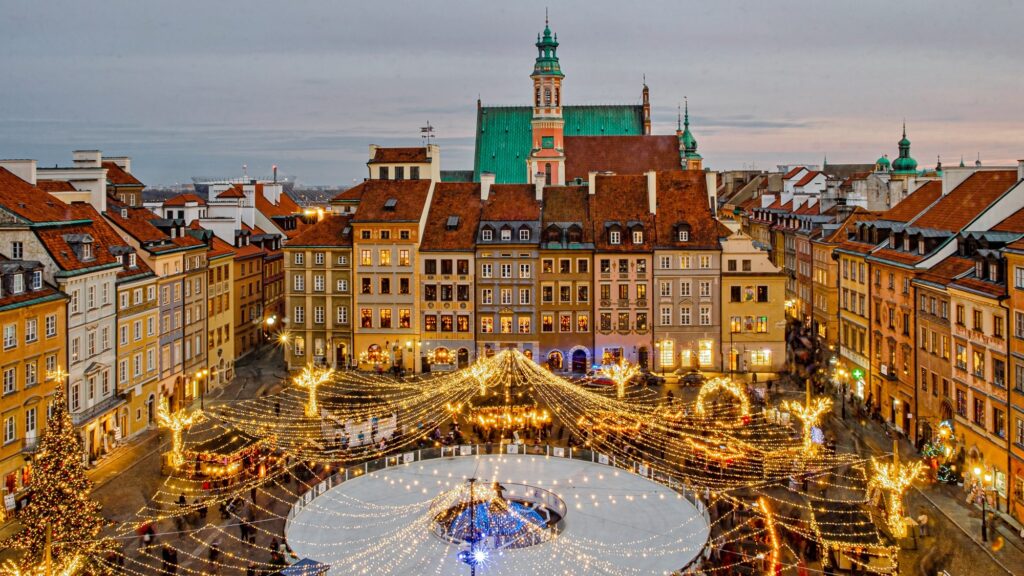
Warsaw’s Old Town is a UNESCO World Heritage site and is one of the city’s most iconic neighborhoods. After being nearly destroyed during World War II, it was meticulously reconstructed and stands today as a symbol of Warsaw’s resilience. The colorful townhouses, cobblestone streets, and lively atmosphere make Old Town an ideal spot to explore.
You can walk around Castle Square (Plac Zamkowy), where the Royal Castle dominates the skyline. Enjoy the various restaurants, cafés, and boutique shops that line the streets. Be sure to visit the Old Town Market Square, with its bronze mermaid statue, which is one of the city’s most cherished landmarks.
2. Royal Castle (Zamek Królewski)
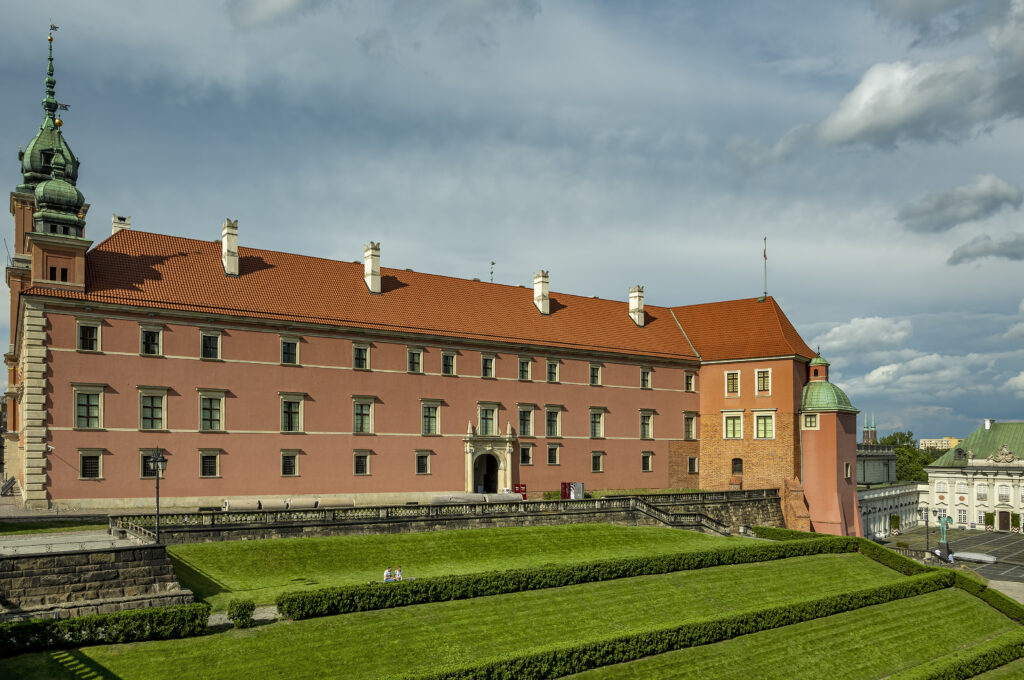
The Royal Castle is a magnificent symbol of Poland’s royal heritage. Located in Castle Square, it was once the official residence of Polish monarchs. Though heavily damaged during World War II, it was beautifully rebuilt and now serves as a museum.
Inside the castle, you can view grand rooms filled with historical art, furniture, and artifacts. The Throne Room, the Marble Room, and the King’s Apartments are particularly stunning. The castle also houses many works of art, including pieces by Rembrandt. Take your time to stroll through the surrounding gardens, which offer splendid views of the Vistula River.
3. Łazienki Park (Łazienki Królewskie)
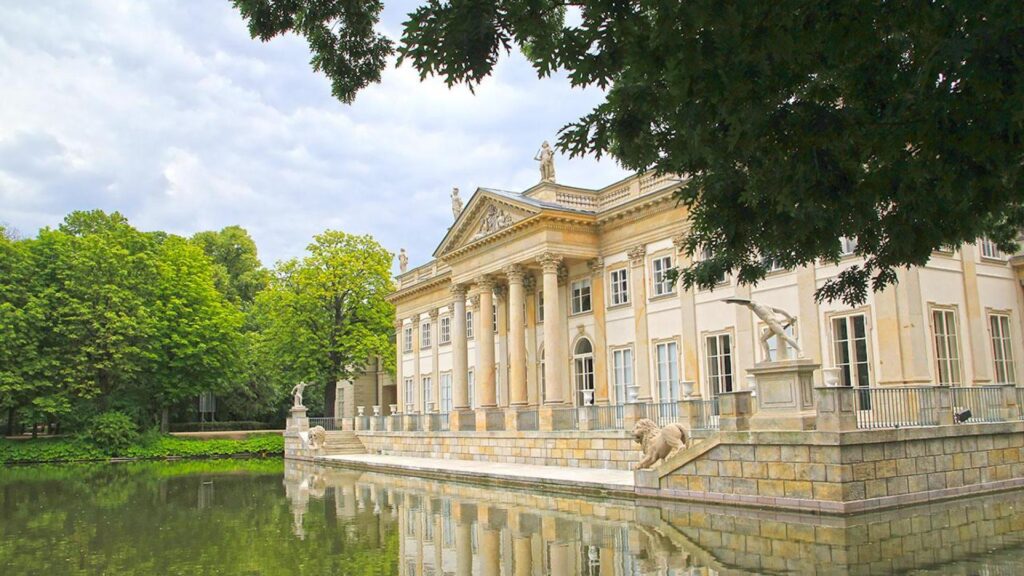
This sprawling park is one of Warsaw’s most tranquil and picturesque spots. Covering over 76 hectares, Łazienki Park is a blend of nature, history, and art. The centerpiece of the park is the Palace on the Isle, a beautiful neoclassical building set on a lake. You can take a guided tour of the palace to learn about its historical significance.
Beyond the palace, the park is filled with manicured gardens, open green spaces, and scenic walking paths. Don’t miss the chance to see the Chopin Monument, dedicated to Poland’s most famous composer. In summer, there are free outdoor Chopin concerts held in the park, offering a peaceful atmosphere for visitors.
4. Wilanów Palace (Pałac w Wilanowie)
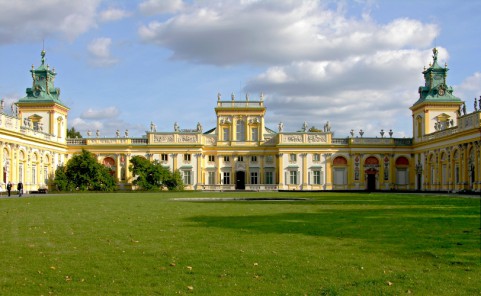
Known as the “Polish Versailles,” Wilanów Palace is one of the few structures in Warsaw that survived World War II. This royal baroque residence is a testament to Poland’s golden age, showcasing the grandeur of 17th-century architecture. The palace interiors are lavish, with opulent rooms decorated with ornate details, frescoes, and original furnishings.
The Wilanów Gardens surrounding the palace are equally impressive, with a mix of Italian and French-style landscaping. You can take a leisurely walk through the gardens, enjoying the serene atmosphere and lovely sculptures.
5. Museum of Warsaw (Muzeum Warszawy)
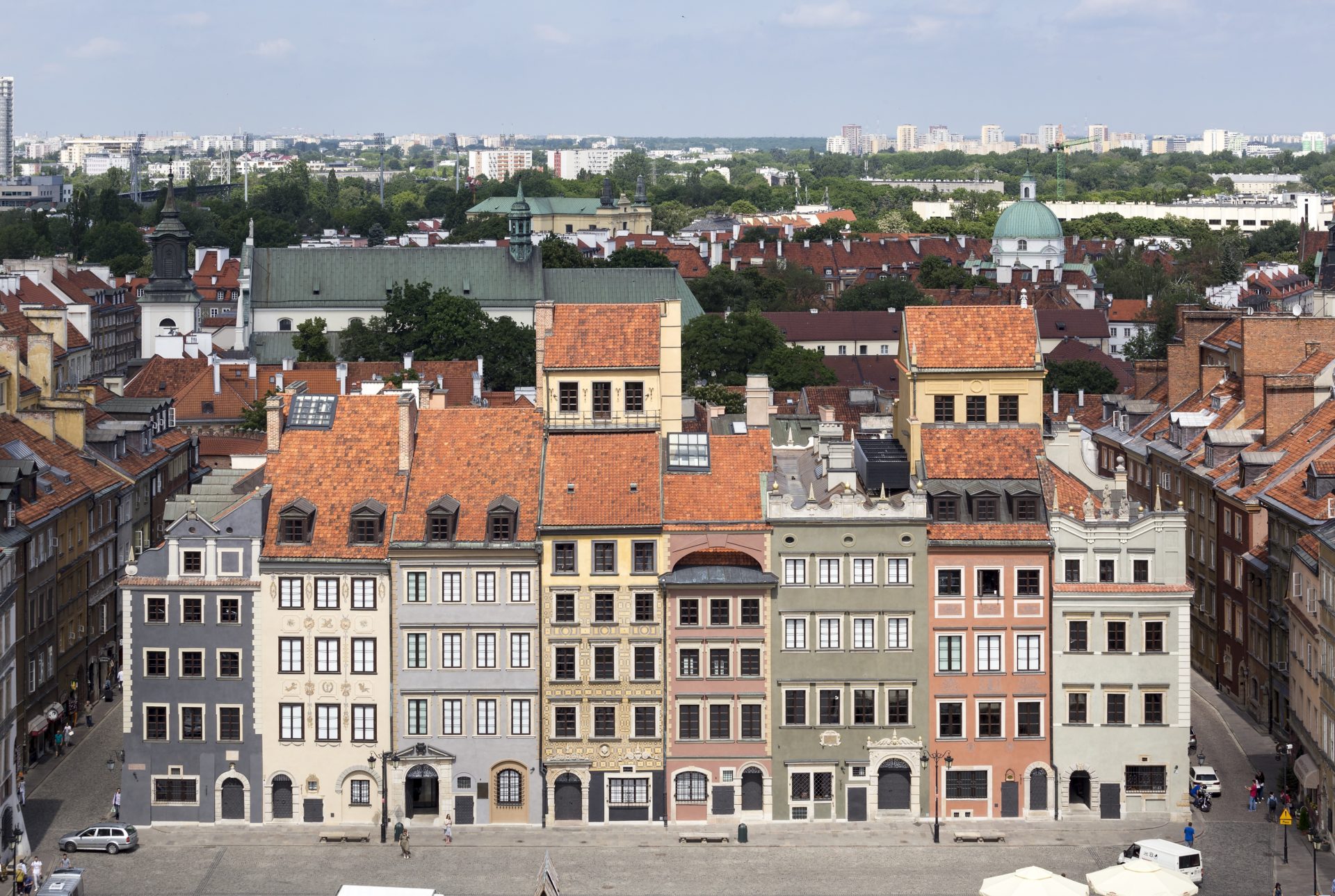
For those interested in the city’s rich history, the Museum of Warsaw is a must-visit. Located in the Old Town, this museum provides a comprehensive look at Warsaw’s evolution through the centuries. The museum consists of several themed exhibitions that cover topics like the city’s architecture, daily life, and cultural transformations.
Artifacts, photographs, paintings, and historical documents are all part of the museum’s vast collection. The detailed displays make it easy for visitors to immerse themselves in the city’s fascinating past.
6. POLIN Museum of the History of Polish Jews
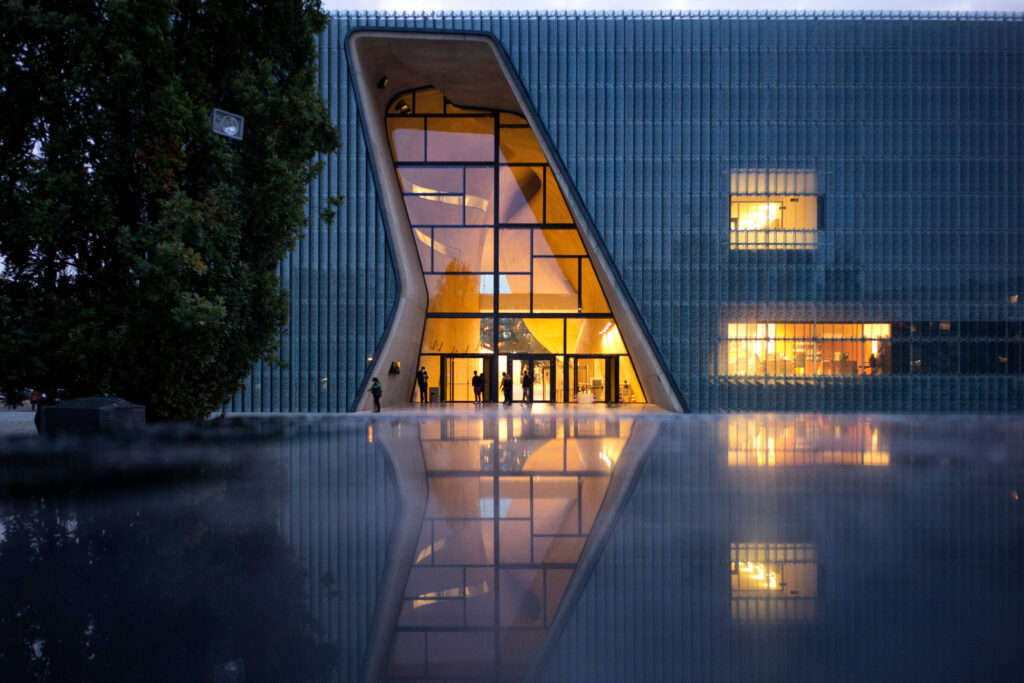
This museum is one of Warsaw’s most innovative cultural institutions, offering a deep dive into the history of Jews in Poland. The interactive exhibits take visitors through 1,000 years of Jewish history, from the Middle Ages to the modern era.
One of the highlights is the immersive galleries that allow visitors to walk through life-sized replicas of historic streets and neighborhoods. The multimedia presentations and artifacts make it easy to understand the Jewish community’s role in shaping Polish history and culture.
7. Warsaw Uprising Museum (Muzeum Powstania Warszawskiego)
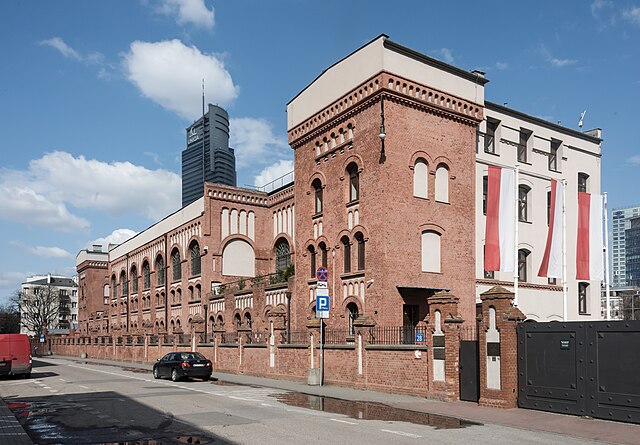
The Warsaw Uprising Museum is dedicated to one of the most pivotal moments in the city’s history—the Warsaw Uprising of 1944. This interactive museum uses multimedia displays, films, and artifacts to tell the story of the resistance against Nazi occupation during World War II.
One of the most poignant sections of the museum is a full-scale replica of the sewers that the insurgents used to move around the city. The exhibits offer visitors a deep understanding of the courage, sacrifice, and resilience of the Polish people during the war.
8. Palace of Culture and Science (Pałac Kultury i Nauki)
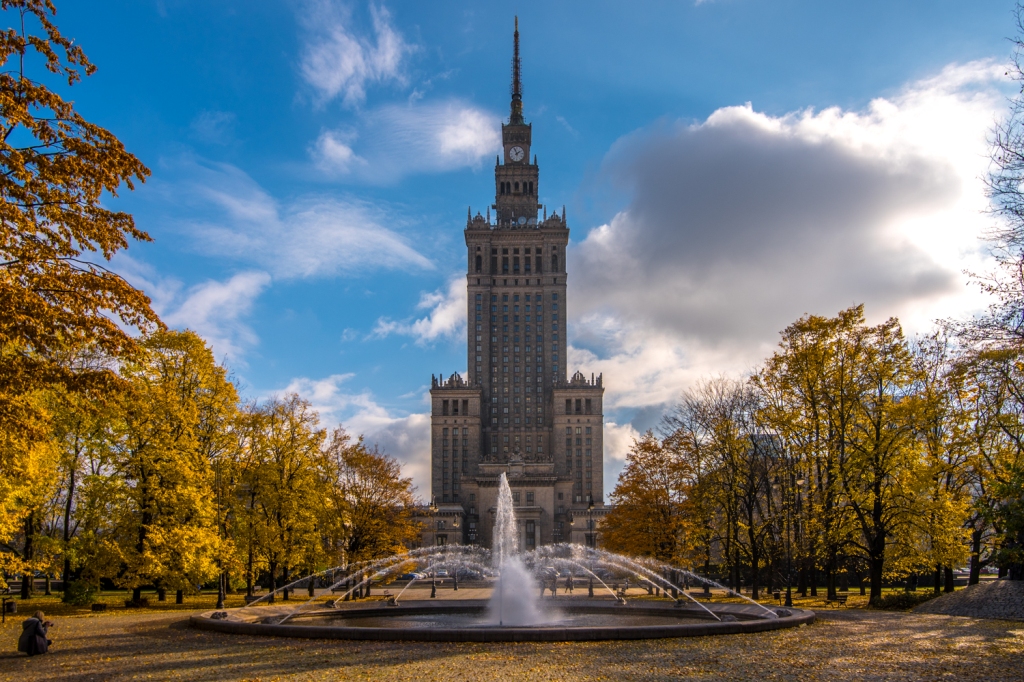
This iconic skyscraper dominates Warsaw’s skyline and is one of the most recognizable buildings in Poland. A gift from the Soviet Union, the Palace of Culture and Science was built in the 1950s and remains a divisive symbol of Warsaw’s past.
Today, it houses theaters, cinemas, museums, and conference halls. However, the real highlight is the observation deck on the 30th floor, which offers panoramic views of the city. It’s the perfect spot to capture breathtaking photos of Warsaw from above.
9. Copernicus Science Centre (Centrum Nauki Kopernik)
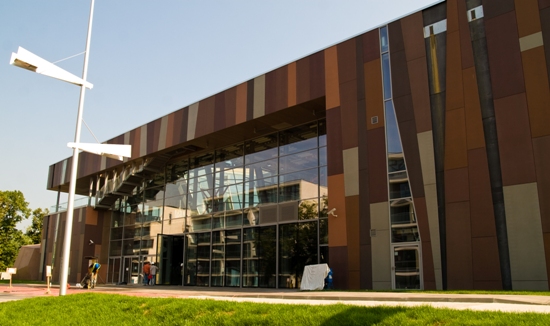
Perfect for families and science enthusiasts, the Copernicus Science Centre is an interactive museum that makes learning fun. The hands-on exhibits cover topics like physics, biology, chemistry, and robotics. You can engage in experiments, learn about space exploration, and even try out virtual reality experiences.
The museum also has a planetarium, where visitors can explore the wonders of the universe. Whether you’re traveling with kids or simply curious about science, this is a place where learning and entertainment come together in a unique way.
10. Vistula Boulevards (Bulwary Wiślane)
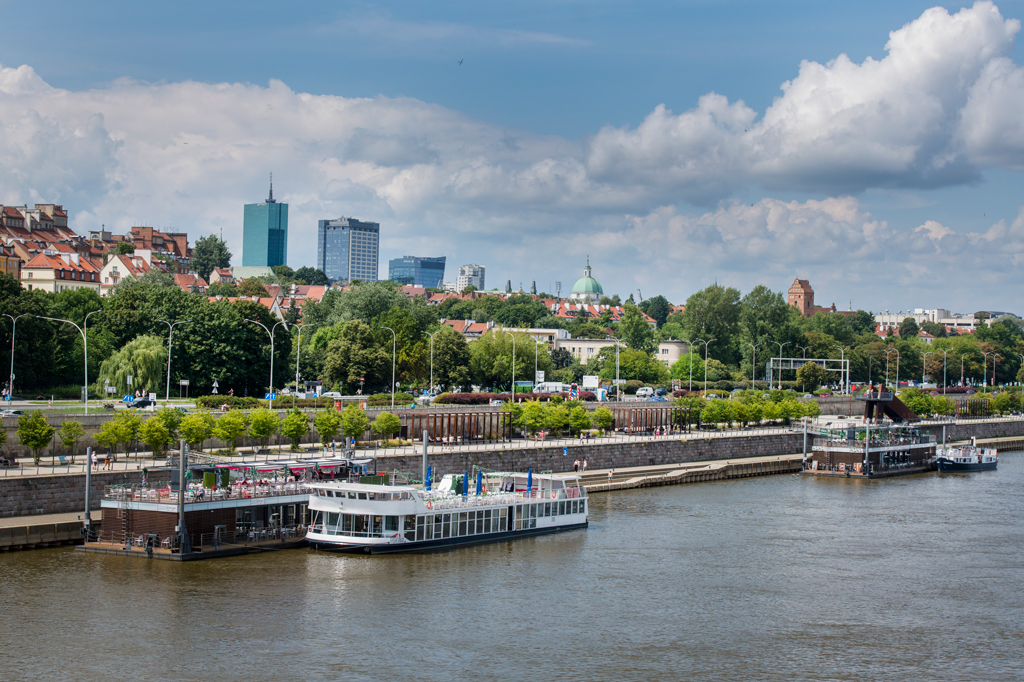
Stretching along the Vistula River, the Vistula Boulevards are a perfect place to relax, walk, or cycle while enjoying the beautiful river views. This area has been revitalized in recent years and now features cafes, bars, and open spaces where locals and tourists gather.
In the summer months, the boulevards come alive with street performers, live music, and cultural events. The modern design of the promenades combined with the natural beauty of the river makes it an ideal spot to unwind and enjoy the outdoors.
11. Warsaw University Library Roof Garden

One of the hidden gems of Warsaw, the Warsaw University Library Roof Garden offers stunning views of the city skyline and the Vistula River. Covering over one hectare, this urban oasis is divided into two levels and features winding paths, sculptures, and an abundance of plants.
The modern design of the garden blends seamlessly with the architecture of the library. It’s a peaceful spot to take a break from sightseeing, read a book, or enjoy a picnic with a view.
12. Warsaw Zoo (Miejski Ogród Zoologiczny w Warszawie)
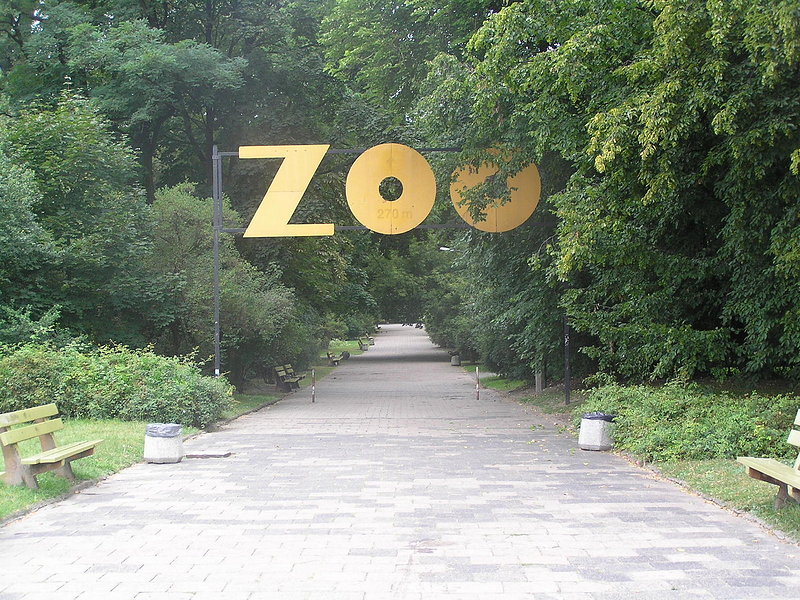
Established in 1928, Warsaw Zoo is home to over 12,000 animals from 500 different species. Located on the east bank of the Vistula River, the zoo offers a chance to see exotic animals like elephants, lions, and giraffes, as well as species native to Poland.
The zoo is designed with large, open enclosures that aim to mimic the animals’ natural habitats. It’s a great destination for families or anyone who enjoys observing wildlife in a well-maintained setting.
13. Pawiak Prison Museum (Muzeum Więzienia Pawiak)
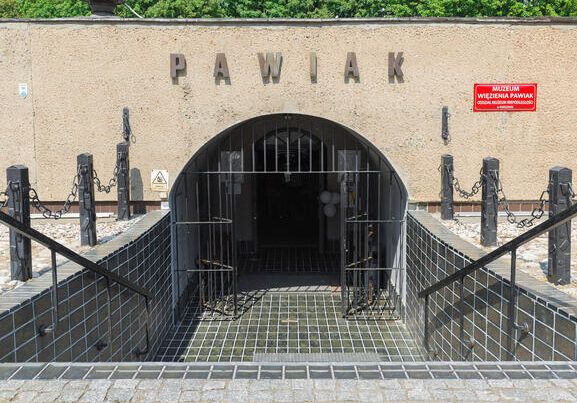
Pawiak Prison Museum is a somber but important site that sheds light on Poland’s tumultuous past. During World War II, Pawiak Prison was used by the Nazis as a detention center for Polish political prisoners. Today, the museum commemorates the victims who were imprisoned here.
The exhibits include photographs, documents, and personal belongings of former prisoners. The preserved prison cells give visitors a haunting look into the conditions faced by those detained here during the war.
14. Neon Museum (Muzeum Neonów)
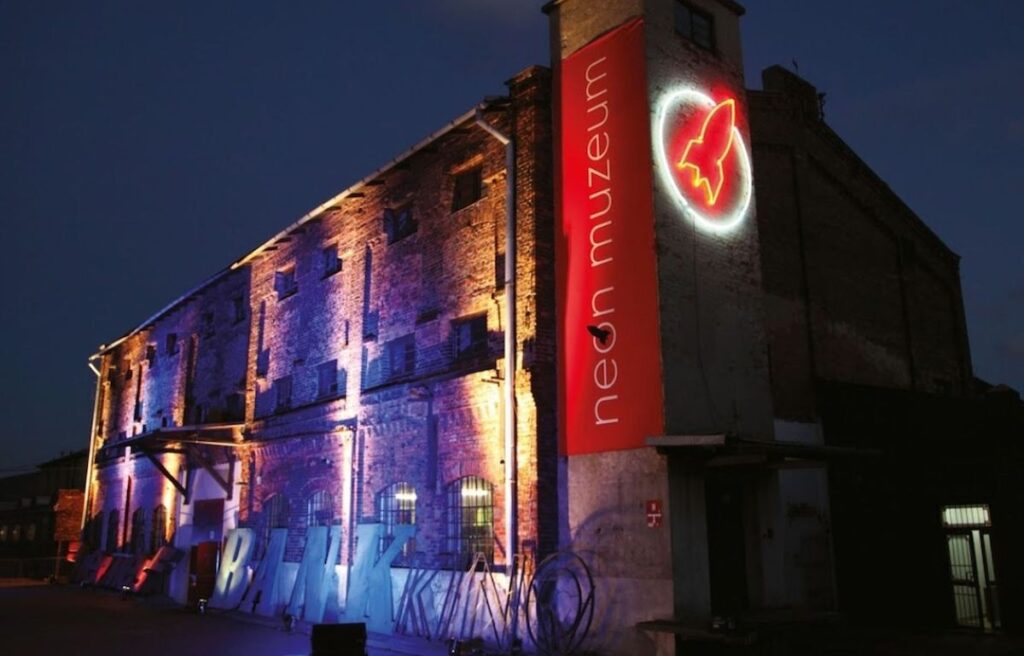
The Neon Museum is one of Warsaw’s quirkiest attractions. Dedicated to preserving Poland’s neon signs from the post-war era, the museum offers a nostalgic glimpse into the country’s communist past. The collection features over 100 restored neon signs, which were once displayed on buildings throughout Warsaw.
This unique museum is located in the trendy Praga district, an area known for its artistic vibe and creative spaces. It’s a fun stop for those interested in urban history and art.
15. Saxon Garden (Ogród Saski)
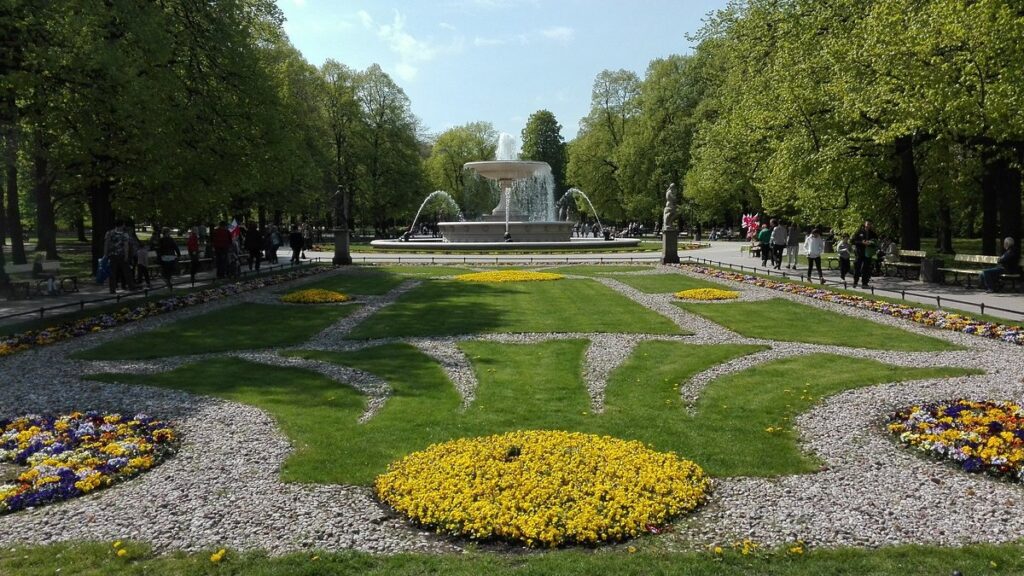
Saxon Garden is one of Warsaw’s oldest public parks and a beautiful example of landscaped green spaces. Located near the Tomb of the Unknown Soldier, the park is a peaceful place to escape the hustle and bustle of the city.
With its manicured lawns, ornamental lakes, and statues, Saxon Garden is perfect for a leisurely walk or a quiet moment of reflection. In the spring and summer, the garden is full of blooming flowers, making it a lovely spot to relax.
16. Praga District

Once considered an offbeat part of Warsaw, the Praga District has transformed into one of the most vibrant and creative areas in the city. This neighborhood is known for its street art, galleries, and trendy bars and restaurants.
As you explore the narrow streets, you’ll find murals, artist studios, and cultural spaces that give the district
